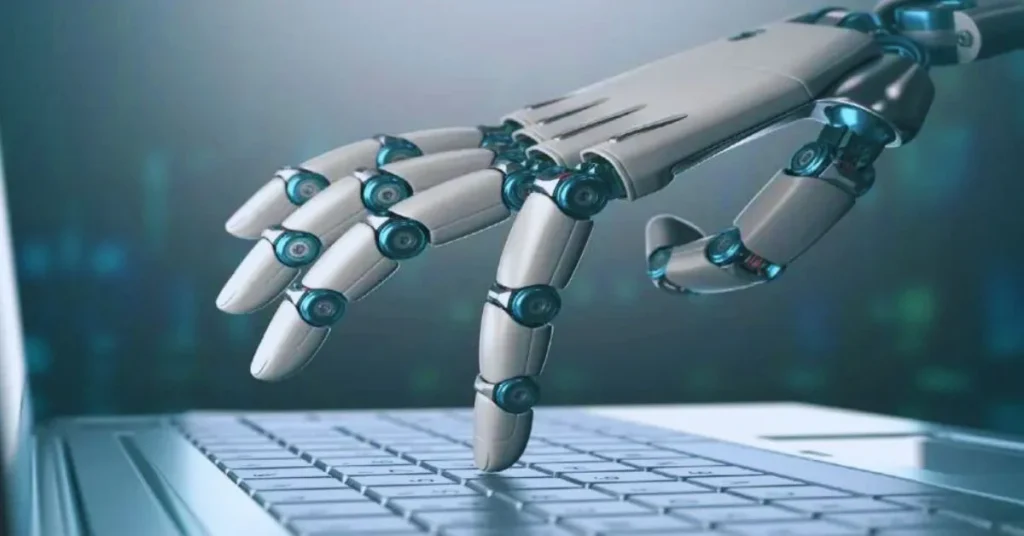Robotics and Automation: Transforming the Future
Introduction to Robotics and Automation
Robotics and automation are a few of the most groundbreaking advancements shaping the present-day international. Robotics refers to the layout, production, and operation of machines able to perform tasks, whilst automation entails using technology to perform tasks with minimal human intervention. Together, they’re revolutionizing industries, improving performance, and growing smarter systems that affect everyday existence and the worldwide economy.
History and Evolution
The records of robotics and automation date back centuries, beginning with mechanical gadgets like Leonardo da Vinci’s designs in the 15th century. In the 20th century, the primary programmable robots were added to business settings, considerably remodeling the manufacturing enterprise. The shift from easy mechanical machines to today’s AI-powered robots marks an evolution pushed through innovation in computing, sensors, and verbal exchange technology.
Also Read: Green Technology & Renewable Energy: Building a Sustainable Future
Types of Robotics
Robotics comes in many forms, each designed for specific purposes:
- Industrial Robots: Used in manufacturing for assembly, welding, and painting.
- Service Robots: Assist in tasks like cleaning, delivery, and customer service.
- Medical Robots: Help in surgeries, rehabilitation, and patient care.
- Military and Defense Robots: Provide surveillance, bomb disposal, and unmanned missions.
- Autonomous Mobile Robots: Navigate environments independently, such as self-driving vehicles.
Core Technologies in Robotics and Automation
Several technologies power robotics and automation:
- Artificial Intelligence (AI) enables robots to learn and make decisions.
- Machine Learning and Computer Vision allow systems to recognize patterns and interpret images.
- Sensors and Actuators provide robots with awareness of their environment and the ability to move.
- Internet of Things (IoT) connects robots to networks, enabling real-time data sharing and smart coordination.
Applications of Robotics and Automation
The reach of robotics and automation extends across multiple fields:
- Manufacturing and Industry: Robots streamline production lines, improving productivity and quality.
- Healthcare and Surgery: Robotic-assisted surgeries ensure precision and reduce recovery time.
- Agriculture and Farming: Automation helps with planting, irrigation, and harvesting.
- Transportation and Logistics: Drones and automated warehouses increase efficiency.
- Home Automation: Smart devices like robotic vacuums and voice assistants simplify daily life.
Benefits of Robotics and Automation
The adoption of robotics brings several advantages:
- Efficiency and Productivity: Robots can work continuously without fatigue.
- Precision and Accuracy are critical in fields like surgery and microchip manufacturing.
- Cost Reduction: Long-term savings despite initial investment.
- Safety Improvements: Robots handle hazardous tasks, protecting human workers.
Challenges and Limitations
Despite its benefits, robotics and automation face challenges:
- High Implementation Cost: Advanced robots and systems are expensive.
- Job Displacement Concerns: Automation reduces demand for certain manual jobs.
- Ethical and Security Issues: Data privacy and autonomous decision-making raise debates.
- Dependence on Technology: Over-reliance may create vulnerabilities during failures.
Future Trends in Robotics and Automation
The future holds exciting possibilities:
- Collaborative Robots (Cobots) will work safely alongside humans.
- AI-Driven Autonomous Systems will bring smarter decision-making.
- Smart Factories (Industry 4.0) will fully integrate robotics with IoT and data analytics.
- Human-Robot Interaction will evolve, making robots more intuitive and socially aware.
Impact on Society and Economy
Robotics and automation are transforming the workforce by eliminating repetitive tasks while creating new opportunities in technology, programming, and engineering. They increase global competitiveness, enhance productivity, and push societies toward innovation-driven economies. However, balancing workforce adaptation and technological growth remains a priority.
FAQ’s
Q1. What is the difference between robotics and automation?
Robotics focuses on building machines that can perform tasks, while automation uses technology to complete processes with little or no human intervention.
Q2. How are robots used in daily life?
Robots are used in homes as vacuum cleaners, lawn mowers, and personal assistants, and in industries for tasks like assembly, packaging, and delivery.
Q3. What are the main benefits of robotics and automation?
The main benefits include improved efficiency, accuracy, cost savings, and enhanced safety by handling dangerous or repetitive tasks.
Q4. Will robotics and automation take away jobs?
While some manual jobs may decline, robotics also creates new opportunities in programming, maintenance, design, and AI development.
Q5. What industries use robotics the most?
Manufacturing, healthcare, agriculture, logistics, defense, and household technology are the top industries utilizing robotics.
Conclusion
Robotics and automation are no longer futuristic concepts—they are present realities reshaping industries, healthcare, and daily life. While they offer unparalleled benefits in efficiency, accuracy, and safety, challenges such as job displacement and ethical concerns must be addressed. Embracing robotics responsibly will ensure that society maximizes opportunities while minimizing risks, thereby creating a future where humans and machines collaborate for progress.



